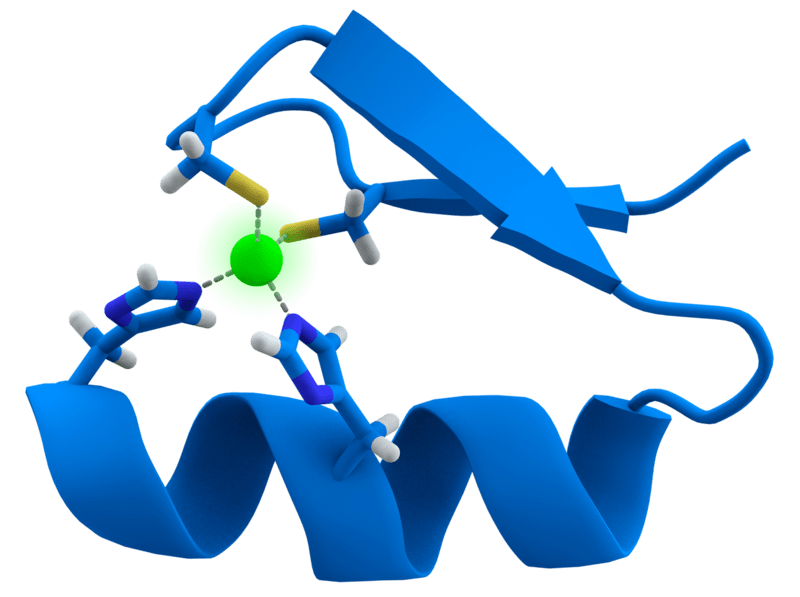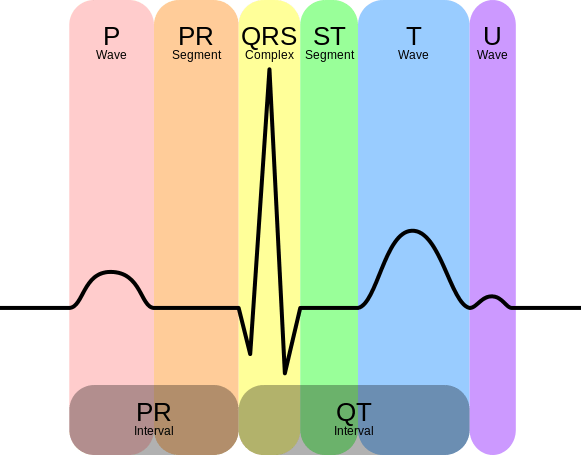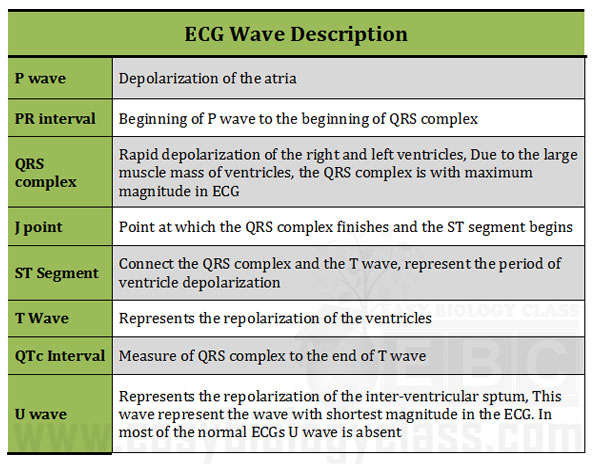COUNCIL OF SCIENTIFIC & INDUSTRIAL RESEARCH (CSIR) & UGC
(Original Question Paper)
PART: B (Questions 41 – 55)
41. Which of the following statements about LEAFY (LFY), a regulatory gene in Arabidopsis thaliana, is correct?
a. LEAFY (LFY) is involved in floral meristem identity
b. LEAFY (LFY) is involved in leaf expansion
c. LEAFY (LFY) is involved in root meristem identity
d. LEAFY (LFY) is responsible for far-red light mediated seedling growth
42. The quantum yield of oxygen evolution during photosynthesis drastically drops in far red light. This effect is called:
a. Far red drop
b. Red drop
c. Blue drop
d. Visible spectrum drop
43. Dark-grown seedling display ‘triple response’ when exposed to ethylene. Which one of the following is not a part of ‘triple response’?
a. Decrease in epicotyl elongation
b. Rapid unfolding and expansion of leaves
c. Thickening of shoot
d. Horizontal growth of epicotyl
44. Which one of the following compounds is generally translocated in the phloem?
a. Sucrose
b. D-glucose
c. D-mannose
d. D-fructose
45. Nitrogen gas is reduced to ammonia by nitrogen fixation method. In order to execute the process, which one of the following compounds is unusually required?
a. ATP
b. GTP
c. UDP
d. ADP
46. The S wave of normal human ECG originates due to:
a. Septal and left ventricular depolarization
b. Late depolarization of the ventricular walls moving back toward the AV junction
c. Left to right septal depolarization
d. Repolarization of atrium

Zinc Finger Motif (image source wikipedia)
47. Which one of the following skeletal muscles of human body contains highest number of muscle fiber in a motor unit
a. Muscles of hand
b. Extra ocular muscles
c. Muscles of leg
d. Muscles of face
48. In which of the following conditions is Basal Metabolite Rate (BMR) lowest?
a. A wake and resting
b. Prolonged starvation
c. Sleep
d. Higher environmental temperature
49. Which one of the following combinations must be present in a steroid receptor that is located in the cytoplasm?
a. Nuclear export sequence (NES), leucine zipper
b. NES, Zinc finger motif
c. Nuclear localization sequence (NLS), zinc finger motif
d. NLS, leucine zipper
50. Segregation of alleles can occur at anaphase I or at Anaphase II of meiosis. With reference to this statement, which one of the following organism is an ideal model system for identifying stage of allelic segregation at meiosis?
a. Neurospora crassa
b. Saccharomyces cervisiae
c. Drosophila melanogaster
d. Psium sativum
51. Genes A, B and C control three phenotypes which assort independently. A plant with the genotype Aa Bb Cc is selfed. What is the probability for progeny which shows the dominant phenotype for AT LEAST ONE of the phenotypes controlled by genes A, B and C?
a. 1/64
b. 27/64
c. 63/64
d. Cannot be predicted
52. Hybrid dysgenesis is Drosophila is caused by P-elements. Which one of the following crosses between different cytotypes will lead to dysgenesis?
a. M-cytotype ♀ X M-cytotype ♂
b. M-cytotype ♀ X P-cytotype ♂
c. P-cytotype ♀ X M-cytotype ♂
d. P-cytotype ♀ X P-cytotype ♂
53. In an experiment, clones of a plant are grown in a field. The plants were observed to be of different heights. When a graph was plotted for frequency of plants (Y-axis) against different heights (X-axis), a bell shaped curve was obtained. From the above it can be concluded that the observed variation in height is due to:
a. It is being a polygenic trait
b. Environmental effect
c. Variation in genotype
d. Influence of environment on different genotypes
54. Which one of the following viruses cause acute gastrointestinal illness due to contamination of drinking water?
a. Norovirus
b. Poliovirus
c. Rotavirus
d. Filoviruses
55. The phylum in which the animals are bilaterally symmetrical in the larval stage and radially symmetrical in the adult stage is:
a. Coelenterata
b. Nematoda
c. Mollusca
d. Echinodermata
Answer key with detailed explanations and references:
41. Ans. (a). LEAFY (LFY) is involved in floral meristem identity
LEAFY (abbreviated as LFY) is a gene present in flowering plants. The action of this gene product will induce flower development in the meristematic cells of flowering plants. The LFY gene was first characterized in the model plant Arabidopsis. LEAFY gene codes for a plant specific transcription factor. When the LEAFY gene is over expressed, the plant will produce flower without considering the maturity or even the environmental conditions. LEAFY gene is also used for the phylogenetic systematics of angiosperms (flowering plants).
42. Ans. (b). Red drop
Red drop: The drastic reduction in quantum yield of photosynthesis at wavelength of light greater than 680 nm (680 nm is red spectrum of visible light).
Quantum yield: In photosynthesis the number of oxygen molecule released per photon of light. The quantum yield is always faction of one which means that for the release of one molecule of oxygen, more than one photons are required.
Quantum requirement: the number of photon of light required to release one molecular of oxygen during photosynthesis.
43. Ans. (b). Rapid unfolding and expansion of leaves
Triple response: Seeds of dicots grown in dark in the presence of ethylene (a gaseous plant hormone) produce some morphological changes which are collectively called as ‘triple response’. Triple response was first observed in pea seedlings and later in Arabidopsis. The morphological changes that occur in triple response are:
1. Inhibition of hypocotyl and root elongation
2. Radical swelling of hypocotyl and root cells
3. Exaggeration of the apical hook
The triple response is a stress induced adaptation of the plant; it allows the seedlings to penetrate the soil without damage to the apical meristem.
44. Ans. (a). Sucrose
In plants, phloem tissue transports the ‘food’ materials from leaves to various parts of the plant body. The final product of photosynthesis is glucose, however, most of the glucose produced is converted to sucrose before phloem transport. In the course of evolution, sucrose may have been selected as the transport form of carbon in plants. This is because, sucrose with its unusual linkage between anomeric C1 of glucose and anomeric C2 of fructose cannot be hydrolyzed by any amylase or other carbohydrate hydrolyzing enzymes. The unavailability of anomeric carbon atom in sucrose (since they are in glycosidic bond formation) protects it from other types of chemical oxidations. Similarly other spontaneous enzymatic or non-enzymatic reactions with proteins, lipids etc. are also not possible with fructose molecules.
For more details of sucrose synthesis in plants, refer, Lehninger’s Principles of Biochemistry, Ed.5., Chapter 20.3. Biosynthesis of starch and sucrose, page no. 792.
45. Ans. (a). ATP
Nitrogen fixation: The process of conversion of atmospheric nitrogen (N2) to ammonia or nitrates by gradual stepwise reduction is called nitrogen fixation. Nitrogen fixation can happens by two methods, non-biological and biological methods. In biological methods, some prokaryotes (some bacteria, cyanobacteria and some archaebacteria) only can fix atmospheric nitrogen in a symbiotic or non-symbiotic manner. The process of nitrogen fixation is a high energy consuming reaction due to the presence of triple bond (930 kJ/mol) in the nitrogen molecule. This is why, the atmospheric nitrogen is inert under normal physiological conditions to most of the living organisms including human. The biological nitrogen fixation is carried out by a highly specialized enzyme called nitrogenase complex with two crucial components namely dinitrogenase reductase and dinitogenase. The overall process of nitrogen fixation can be summarized as:
N2 + 10H+ + 8e– + 16 ATP → 2NH4+ + 16 ADP + 16Pi + H2
Thus, for the reduction of one molecule of nitrogen requires 16 ATPs and 10H+ and 8 electrons.
For more details on biological nitrogen fixation, refer: Lehninger’s Principles of Biochemistry, Ed. 5, Chapter 22.1., Overview of Nitrogen Metabolism, Page 852 -857.

Electrocardiogram (ECG) (image source wikipedia)
46. Ans. (b). Late depolarization of the ventricular walls moving back toward the AV junction
Electrocardiography or ECG is a technique to obtain the electrical activity of heart over a period of time. ECG machine has specialized electrodes which can detect the tiny electrical changes in the skin arise due to heart muscle depolarization. The overall electrical changes in the heart is measured for a period of time, usually 10 seconds, and plotted graphically called electrocardiogram.
As in the picture, a typical ECG tracing is a repeating cycle of three electrical entities: a P wave (atrial depolarization), a QRS complex (ventricular depolarization) and a T wave (ventricular repolarization).

Electromyography (EMG): is an electrodiagnostic technique for evaluating and recording the electrical activity produced by skeletal muscles.
47. Ans. (c). Muscles of leg
Motor unit: a motor neuron and the skeletal muscle fibers innervated by that motor neuron’s axonal terminals. Several motor units sometimes operate together to coordinate the contraction of single muscles. All motor units in a muscle are considered as a motor pool. Leg muscles of human contain highest number of muscles fibers.
48. Ans. (c). Sleep
Basal metabolic rate (BMR) is the minimal rate of energy expenditure per unit time by warm blooded animals (endothermic animals) at rest.
49. Ans. (c). Nuclear localization sequence (NLS), Zinc finger motif
Steroid receptors are typically intracellular receptors (present in cytoplasm) but they are also present in plasma membrane and in the nucleus. Steroid receptors of nucleus are all transcription factors. Thy usually stay in the cytoplasm and moves towards the nucleus when it is binds with the steroid ligand. So in order to transport the receptor to the nucleus through the nuclear pore complex, it should contain a nuclear localization signal (NLS) which is usually present in the hinge region of the steroid receptor of nucleus. As we mentioned, nuclear steroid receptors are transcription factors, it should physically interact (bind) with the DNA in order to imitate transcription. Thus a nuclear steroid recapture should also bear a domain which can bind and interact with DNA. Zinc finger motif is a best DNA binding motif present in most of the nuclear transcription factors.
NLS: it is the nuclear localization signal or sequence, and is specific amino acid sequence in a protein which acts as tags for those proteins to be transported to the nucleus though the nuclear pore-complex.
NES: they are nuclear export signals, similar to NLS they are amino acid sequence ‘tags’ on the proteins that to be transported out of the nucleus.
Zinc finger motif: a structural motif of protein with one or more zinc ions to stabilize the structure. Most of the proteins with zinc finger motif are in one way or other can interact with DNA or RNA.
Leucine zipper: they are also structural motif of DNA binding proteins or enzymes. The name is due to the zipper like organization of two alpha helical segments of 30 amino acids in some proteins.
50. Ans. (a). Neurospora crassa
Neurospora crassa is a fungus belongs to the phylum Ascomycota. The importance of Neurospora in genetics is that, it is one of the best known model organisms in genetics.
Neurospora crassa have been extensively used by the scientists of genetics, cytogenetics and molecular biology for the study of linkage, crossing over and recombination. Since this fungus belongs to the phylum Ascomycota, they produce Ascus with eight ascospores after sexual reproduction. The eight ascospores are produced by the multiplication of the original four meiotic products. Thus, the orderly organization in the ascus reviles the genetic consequences of chromosome alignment during meiotic cell division. The isolation, growing and further studies of ascospores are also easy and this makes this organism a best model organism in genetics.
Saccharomyces cervisiae, Drosophilia melanogaster, Psium sativum are other model organism in genetics
Model organism: a non-human species that extensively used to understand and study biological phenomenon
Click here for a comprehensive list of model organisms in genetics and Molecular Biology
51. Ans. (c). 63/64
How to calculate the different types of gametes produced by AaBbCC
The Aa produces two types of gametes A and a = 2 gametes
The Bb produces two types of gametes B and b = 2 gametes
The Cc produces two types of gametes C and c = 2 gametes
Multiply all together 2 X 2 X 2 = 8
i.e., eight different types of gametes will be produced by an individual with genotype AaBbCc. In the questions it is given as the individual with AaBbCc genotype is selfed. Thus both parents will produce 8 gametes each and thus there will be 8 X 8 = 64 progenies.
Among the 64 progenies one will be with homozygous dominant for all the alleles (AABBCC) and one will be homozygous recessive for all the alleles (aabbcc). The rest of the individuals (63 numbers) will have at least one dominant character either in homozygous or heterozygous conditions.
52. Ans. (b). M-cytotype ♀ X P-cytotype ♂
Dysgenesis: a term in embryology implies the developmental abnormality of embryo as a whole or some organs. For example thyroid dysgenesis is the abnormal development of thyroid gland.
Hybrid dysgenesis: dysgenesis of embryo due to hybridization between unrelated genomes.
P-element: is a transposon (transposable element or jumping gene) present in Drosophila melanogaster which causes the phenotype called hybrid dysgenesis. It is a class II transposon which operates through cut-copy mechanism. P elements in Drosophila produce an enzyme called transposase, the activity of this protein is essential for the transposition process.
Hybrid dysgenesis in Drosophila: is the high rate of mutation the germ line cells of Drosophila strains resulting from a cross of male with autonomous P elements (P strain / P cytotype) and female that lack P elements (M strain/M cytotype). The hybrid dysgenesis phenotype is affected by the transposition of P elements within the germ line cells of offspring of P strain males with M strain females. Transposition occurs only in germ line cells; because a splicing event needed to make transposase mRNA does not occur in the somatic cells. The eggs of P strain females contain high amounts of repressor protein that prevent the transcription of transposese gene and thus the hybrid dysgenesis do not occurs in a cross with P strain female and M strain male.
53. Ans. (a). It is being a polygenic trait
In the official key of CSIR the answer is given as due to the environmental effect, however, we think the option (a) is more accurate
Polygenic trait: (also called as multiple factor inheritance or quantitative inheritance) a phenotypic trait which is influenced by many genes, each have a cumulative effect on the phenotypic expression of the trait. Skin colour in human, height, weight etc. are some of the polygenic characters. Polygenic characters are also strongly influenced by environmental factors. Polygenic inheritance is also called as continuous inheritance. When we plot a polygenic trait on graph, we will most probably get a bell shaped graph.
54. Ans. (a). Norovirus
Norovirus: A viral pathogen cause gastroenteritis in human by consuming contaminated foods or water. Norovirus causes nausea, vomiting, watery diarrhea and abdominal pain.
Poliovirus: an RNA virus and a member of picornaviridae family which causes poliomyelitis (polio) in human.
Rotavirus: A double stranded DNA (dsDNA) virus in the family Reoviridae, which causes severe diarrhea among young children.
Filovirus: a single stranded negative sense RNA virus of the family filoviridae. Ebola virus belongs to the Filoviridae family.
55. Ans. (d). Echinodermata
Phylum Echinodermata includes starfish, sea archins, sand dollars, and sea cucumbers. The development of Echinodermata is indirect with a larval stage. The larval forms are with bilateral symmetry whereas the adult ones are with radial symmetry.
